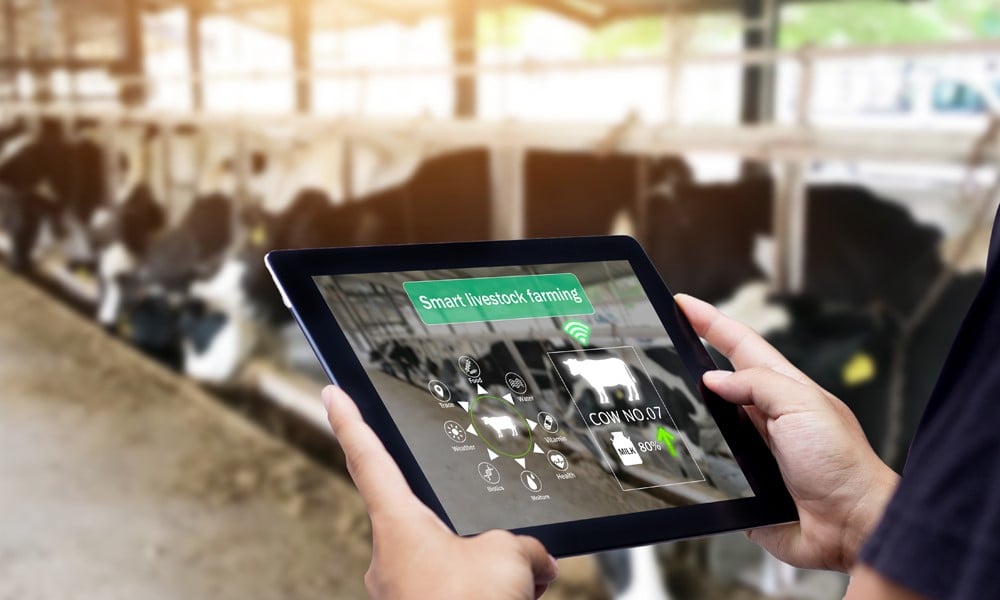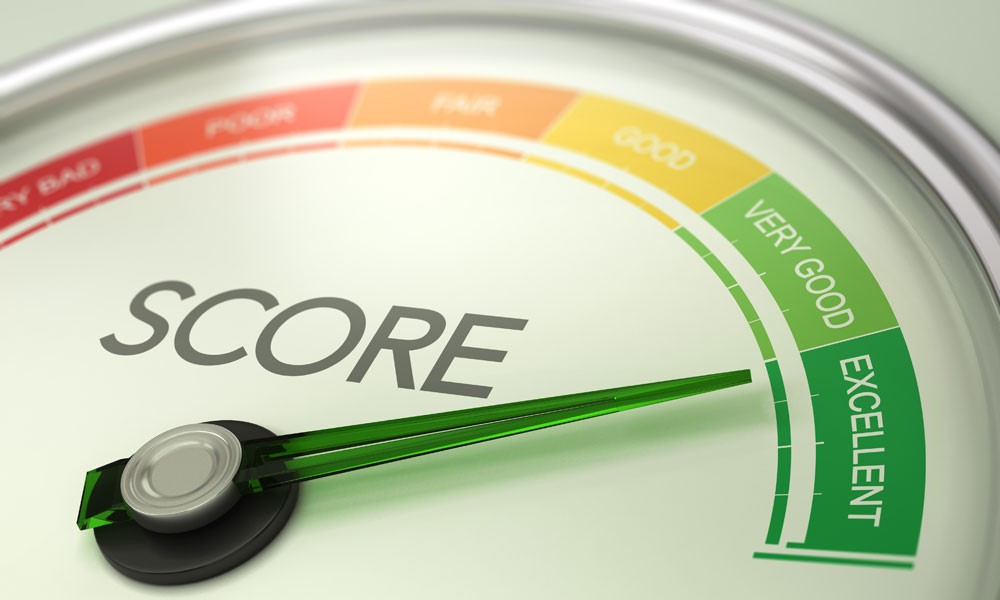One financial analysis a farmer should complete each year is the farm balance sheet.
The balance sheet accounts for all the assets and all the liabilities, creating a complete financial picture of your operation. Another term for the balance sheet is net worth statement. Basically, it all comes down to this simple equation:
Total assets – total liabilities = net worth
The balance sheet offers a snapshot of your operation. Unlike a cash-flow sheet, a balance sheet widens the lens and reveals your overall financial position.
How often should you draw up your balance sheet? Under a business model with ongoing sales and production, a quarterly balance sheet is recommended. Given the production cycle of agriculture, doing this on an annual basis is often more than adequate for most operations. Most farmers pull together their balance sheet at the very end of the fiscal year, which is often Dec. 31.
Once you have a few years’ worth of balance sheets accumulated, you can track the trends and get a more complete picture of whether your business model is succeeding.
The balance sheet and your ag lender
When it's time to renew your operating loan, you’ll want to prepare and present an updated balance sheet. The ag lender will be looking at more than just your net worth. They’ll be looking at the types of assets and liabilities you have on the books.
- Current assets: These are things that can easily be converted into cash in a year or less. Some examples include: cash, savings, crops (in the field and harvested), livestock for market, and accounts receivable (government payments and insurance indemnities.
- Intermediate assets: Things on the farm that will be in use for up to 10 years. Examples: machinery, equipment, vehicles and breeding livestock.
- Long-term assets: Fixed assets that will be in use for a decade and beyond. Examples: land, buildings, tile, fencing and investments.
- Current liabilities: Debts that are due in the next 12 months, including operating lines of credit, loan payments and accounts payable.
- Intermediate liabilities: Debts that will be repaid 13 months to 10 years from now, such as machinery, breeding livestock or building improvements.
- Long-term liabilities: Debts that get repaid in more than 10 years, such as farmland and buildings.
As the above shows, assets and liabilities are not all alike. They all have an effect on your abilities to raise cash and pay bills, and they all have different indicators on your growth. If your land skyrockets in value, for example, that doesn’t reflect your ability to raise enough cash to pay off your operating loan, because you won’t be selling that off anytime soon.
For that reason, the ag lender will be looking at ratios, which are different performance measurements on your balance sheet that give the lender insights on the health of your farm. For example:
- Is your venture showing a profit or a loss? What do the year-to-year trends show?
- What is your liquidity, or ability to access cash?
- What is your farm’s solvency, or could you pay off all your debts should the farm be liquidated?
- What is your farm’s ability to bear risk?
How to complete a farm balance sheet
There are two accounting methods used to draw up a balance sheet: market basis and cost basis. Each have their pros and cons, which we’ll examine below.
Market basis approach is actually common practice for farmers and ag lenders, because this offers a true look at the value of the farm.
- The value of the assets are based on market value estimates, minus the selling costs.
- This method factors in changes to asset prices, offering a more accurate picture of the collateral and the operation’s current financial health.
- However, the strong growth in asset prices can actually mask management problems with the operation.
Cost basis method is the transitional, more conservative measurement of your operation’s financial health. It uses best accounting practices deployed by certified public accountants.
- Cost basis weighs asset valuation against depreciation, which may not offer a true reflection of a farm’s valuation. While they’re useful for tax and insurance purposes, they don’t always reflect what can happen at the equipment auction. (Exhibit A: the 40-year-old tractors that are launching bidding wars.)
- Since this method doesn’t account for current asset prices that can skew the financial picture, weaknesses are more visible.
Doing both methods is recommended. You’ll see the true value of your farm, while getting a clear look at issues that need to be addressed and fixed.
To get started on your farm balance sheet, the University of Iowa Extension and Outreach has more details and formatted spreadsheets you can download and adapt for your operation.
By keeping a farm balance sheet, you'll gain important insights that will guide your decisions about your farm.
At Minnwest Bank, our ag lenders are members of your community, and we're committed to helping your farm thrive. Schedule an appointment today.


